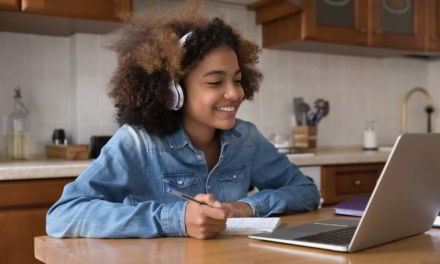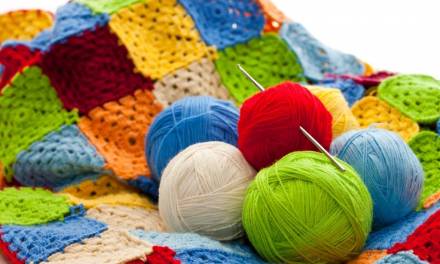If you have a kinaesthetic learner in your class, gaining a solid understanding of their learning styles can be the difference between a motivated, engaged child, and a completely disinterested pupil. The latter can leave you with nothing short of a battle of wills between them and you – which isn’t helpful for anyone.
By crafting your lesson plans to allow your students to play to their learning strengths, you can establish a productive learning environment within which they can flourish.
Meet your kinaesthetic learner
A kinaesthetic learner (also known as a tactile learner) is the one in the class who’s itching to get out of their seat and move around the classroom. They are at the front of the class; taking great pleasure in examining objects and learning through touching.
They are quick learners, who often talk with many hand gestures and they can recall events or leaning points by remembering who did what, rather than who said what, to whom.
Learning strengths
A kinaesthetic learner has:
- Excellent motor co-ordination
- An ability to quickly take to active and practical tasks
- An exceptional memory – they can remember how to complete a certain task once they’ve completed it at least once (this is known as motor memory).
Teacher Tip: kinaesthetic learners are most at risk of being labelled as troublemakers or problem pupils, simply because they require more than traditional visual or auditory teaching can provide. To test your students and discover their learning style, go to Education Planner.org and ask them to take the 20 question: ‘What’s Your Learning Style?’ quiz.
Six essential teaching tips
- Allow kinaesthetic learners, as much as is possible, to be physically active during a lesson; where students must sit for long, uninterrupted periods, rest breaks may help foster better attention.
- Use many media sources (e.g. video, images and audio) and introduce interactivity using technology where possible (such as using tablets or whiteboards to encourage participation).
- Motivate your kinaesthetic learners to create their own notes.
- Always attempt to provide a physical/practical element to your lessons.
- Work kinaesthetic-friendly activities into your lessons. These activities could include: surveys; field trips; character adoption; role-play/interviews; demonstrations; dance; body games; projects; making a video show and science labs.
- Be aware of kinaesthetic learner-friendly tools, which include: drawing materials; puzzles; blocks and cubes; felt boards; wooden numbers and letters; modelling clay; number lines; models, globes and maps.
When their strengths are understood and nurtured, kinaesthetic learners can become much more engaged, motivated and productive.
Get in touch if you would like to contribute your experiences of teaching kinaesthetic learners to this discussion. Or add a comment below.








